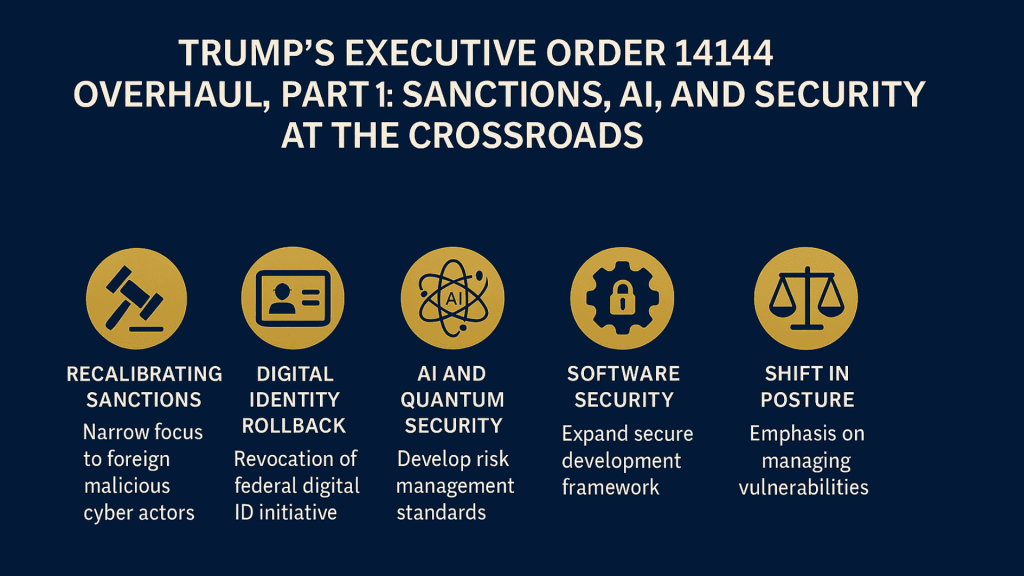Simple Steps to Make Your Code More Secure Using Pre-Commit
Build Smarter, Ship Faster: Engineering Efficiency and Security with Pre-Commit
In high-velocity engineering teams, the biggest bottlenecks aren’t always technical; they are organisational. Inconsistent code quality, wasted CI cycles, and preventable security leaks silently erode your delivery speed and reliability. This is where pre-commit transforms from a utility to a discipline.
This guide unpacks how to use pre-commit hooks to drastically improve engineering efficiency and development-time security, with practical tips, real-world case studies, and scalable templates.
Developer Efficiency: Cut Feedback Loops, Boost Velocity
The Problem
- Endless nitpicks in code reviews
- Time lost in CI failures that could have been caught locally
- Onboarding delays due to inconsistent tooling
Pre-Commit to the Rescue
- Automates formatting, linting, and static checks
- Runs locally before Git commit or push
- Ensures only clean code enters your repos
Best Practices for Engineering Velocity
- Use lightweight, scoped hooks like
black,isort,flake8,eslint, andruff - Set
stages: [pre-commit, pre-push]to optimise local speed - Enforce full project checks in CI with
pre-commit run --all-files
Case Study: Engineering Efficiency in D2C SaaS (VC Due Diligence)
While consulting on behalf of a VC firm evaluating a fast-scaling D2C SaaS platform, we observed recurring issues: poor formatting hygiene, inconsistent PEP8 compliance, and prolonged PR cycles. My recommendation was to introduce pre-commit with a standardised configuration.
Within two sprints:
- Developer velocity improved with 30% faster code merges
- CI resource usage dropped 40% by avoiding trivial build failures
- The platform was better positioned for future investment, thanks to a visibly stronger engineering discipline
Shift-Left Security: Prevent Leaks Before They Ship
The Problem
- Secrets accidentally committed to Git history
- Vulnerable code changes sneaking past reviews
- Inconsistent security hygiene across teams
Pre-Commit as a Security Gate
- Enforce secret scanning at commit time with tools like
detect-secrets,gitleaks, andtrufflehog - Standardise secure practices across microservices via shared config
- Prevent common anti-patterns (e.g.,
printdebugging, insecure dependencies)
Pre-Commit Security Toolkit
detect-secretsfor credential scanningbanditfor Python security static analysis- Custom regex-based hooks for internal secrets
Case Study: Security Posture for HealthTech Startup
During a technical audit for a VC exploring investment in a HealthTech startup handling patient data, I discovered credentials hardcoded in multiple branches. We immediately introduced detect-secrets and bandit via pre-commit.
Impact over the next month:
- 100% of developers enforced local secret scanning
- 3 previously undetected vulnerabilities were caught before merging
- Their security maturity score, used by the VC’s internal checklist, jumped significantly—securing the next funding round
Implementation Blueprint
📄 Pre-commit Sample Config
repos:
- repo: https://github.com/pre-commit/pre-commit-hooks
rev: v4.5.0
hooks:
- id: trailing-whitespace
- id: end-of-file-fixer
- repo: https://github.com/psf/black
rev: 24.3.0
hooks:
- id: black
- repo: https://github.com/Yelp/detect-secrets
rev: v1.0.3
hooks:
- id: detect-secrets
args: ['--baseline', '.secrets.baseline']
stages: [pre-commit]Developer Setup
brew install pre-commit # or pip install pre-commit
pre-commit install
pre-commit run --all-filesCI Pipeline Snippet
- name: Run pre-commit hooks
run: |
pip install pre-commit
pre-commit run --all-filesFinal Thoughts: Pre-Commit as Engineering Culture
Pre-commit is not just a Git tool. It’s your first line of:
- Code Quality Defence
- Security Posture Reinforcement
- Operational Efficiency
Adopting it is a small effort with exponential returns.
Start small. Standardise. Automate. And let every commit carry the weight of your engineering discipline.
Stay Updated
Follow NocturnalKnight.co and my Substack for hands-on DevSecOps guides that blend efficiency, compliance, and automation.
Got feedback or want the Zerberus pre-commit kit? Ping me on LinkedIn or leave a comment.


